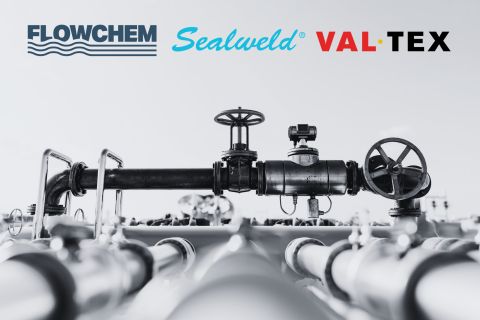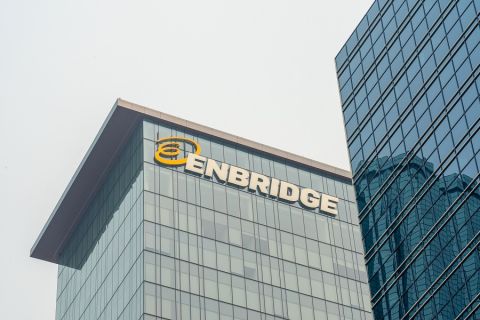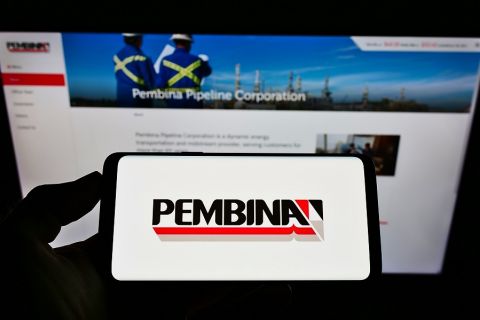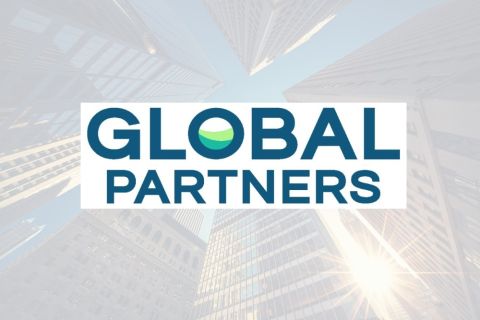Emphasizing his company’s integrated NGL approach, Chris Kral, vice president, NGL Business Development, Kinder
Morgan Products Pipeline, explained the benefit of his company’s existing infrastructure to participants at Hart Energy’s
MUM conference.
Kral described Kinder Morgan (KM) Energy Partners’ position as the largest midstream company and the fourth-largest U.S. energy company, consisting of product pipelines, terminals, gas lines, a CO2 group and a Canadian group. He noted that Kinder Morgan owns or operates about 80,000 miles of pipelines and 180 terminals.
“We have assets that are in pretty much in every North American shale play,” he said.
He explained that this position provides KM with opportunities for repurposing, expanding cheaply and more efficiently, which drives producer value.
As production continues to grow on the gas processing side, fractionation continues to be built and there must be market outlets, Kral said. “You have to take your ethane, propane, isobutane, butane, and natural gasoline (C5+) to market if you are fractionating locally. You can’t just build a fractionator and expect the products to disappear,” he added.
Using its existing footprint, the company can repurpose, expand cheaply and efficiently to drive producer value, he told conference participants.
Among the projects he discussed was reversal of the Cochin line, most recently in propane service, to move diluent from Kankakee and Manhattan, Illinois, to Canada. In late 2013, KM subsidiary Kinder Morgan Cochin LLC signed a letter of intent with NOVA Chemicals Corp. to develop a new products pipeline from the Utica shale. Under the agreement, Kinder Morgan Cochin will develop, construct, own and operate a 210-mile, 10-inch diameter pipeline from multiple fractionation facilities in Harrison County, Ohio, to Kinder Morgan’s Cochin Pipeline near Riga, Michigan, where the company will then move product via Cochin east to Windsor, Ontario and to Canada’s Sarnia,
Ontario, petrochemical complex.
The Utica-To-Ontario Pipeline Access (UTOPIA) would transport previously refined or fractionated NGLs, including
ethane and propane. The pipeline is expected to have an initial 50,000 bbl. per day of capacity, which is expandable
to more than 75,000 bbl. per day. A mid-year 2017 in-service date is anticipated, pending NOVA’s execution of a definitive agreement during the binding open season process.
Kral said that existing third-party storage at Windsor was key.
“For ethane, there is no storage in the Northeast: You need high-pressure salt caverns—it’s expensive to put in above ground facilities. We’re looking to basically bifurcate the line and have the light ends going up to Sarnia,” he said.
The heavier NGLs move to Canada’s oilsands producers.
Circling back to his opening remarks about Kinder Morgan’s infrastructure, he reminded participants about the company’s existing pipe and noted, “we have an existing tank farm. We have an existing terminal that we’re looking to phase in as producer volumes ramp up. And we build critical mass to a pipeline solution so we can rail product up to Milford, Indiana, from the local fracs in the Marcellus and Utica. We have good well-access storage
that we can inject into the pipeline.”
Recommended Reading
EDF Renewables, SCPPA Sign PPA for Bonanza Solar
2024-02-28 - The site is expected to start delivering electricity to SCPPA’s customers by Dec. 31, 2028.
SCF Acquires Flowchem, Val-Tex and Sealweld
2024-03-04 - Flowchem, Val-Tex and Sealweld were formerly part of Entegris Inc.
Enbridge Closes First Utility Transaction with Dominion for $6.6B
2024-03-07 - Enbridge’s purchase of The East Ohio Gas Co. from Dominion is part of $14 billion in M&A the companies announced in September.
Pembina Cleared to Buy Enbridge's Pipeline, NGL JV Interests for $2.2B
2024-03-19 - Pembina Pipeline received a no-action letter from the Canadian Competition Bureau, meaning that the government will not challenge the company’s acquisition of Enbridge’s interest in a joint venture with the Alliance Pipeline and Aux Sable NGL fractionation facilities.
Global Partners Buys Four Liquid Energy Terminals from Gulf Oil
2024-04-10 - Global Partners initially set out to buy five terminals from Gulf Oil but the purchase of a terminal in Portland was abandoned after antitrust concerns were raised by the FTC and the Maine attorney general.





